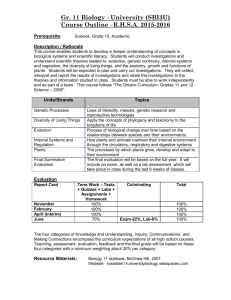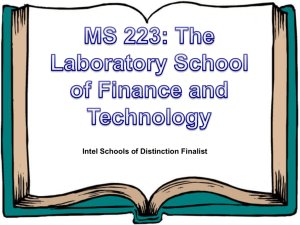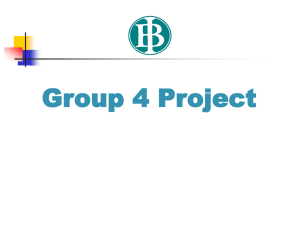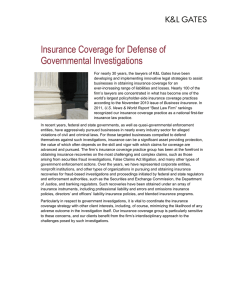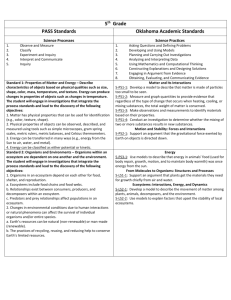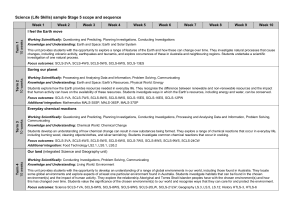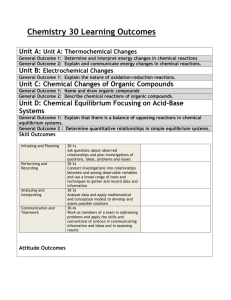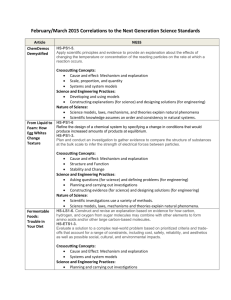Side-By-Side 1st Grade
advertisement
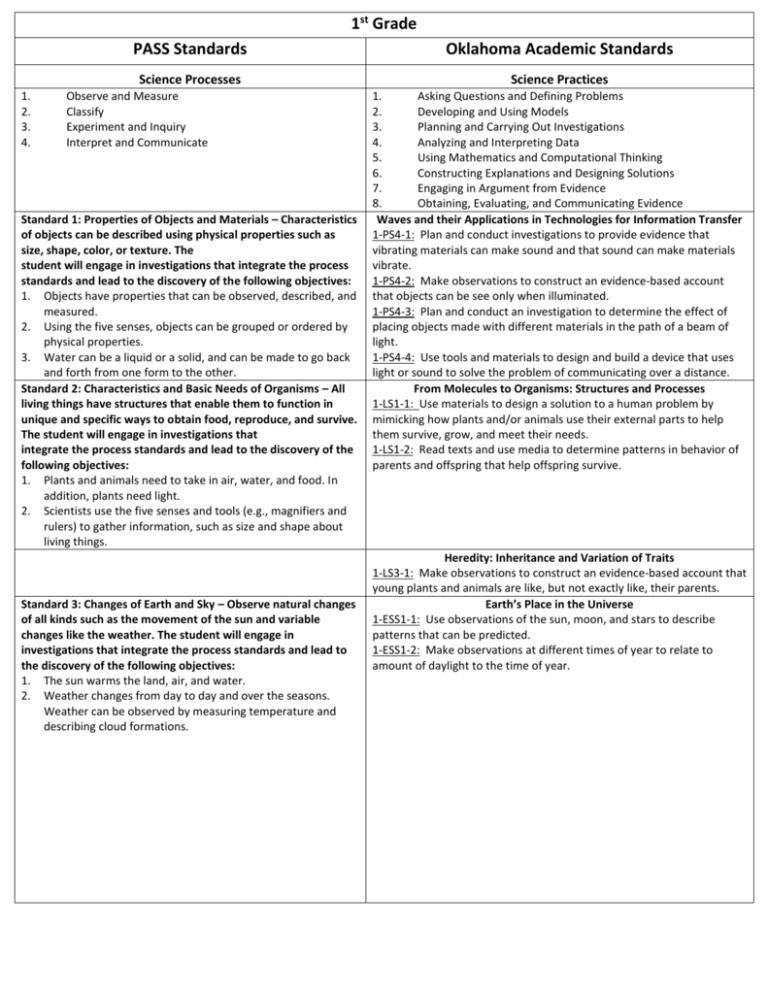
1st Grade 1. 2. 3. 4. PASS Standards Oklahoma Academic Standards Science Processes Science Practices Observe and Measure Classify Experiment and Inquiry Interpret and Communicate Standard 1: Properties of Objects and Materials – Characteristics of objects can be described using physical properties such as size, shape, color, or texture. The student will engage in investigations that integrate the process standards and lead to the discovery of the following objectives: 1. Objects have properties that can be observed, described, and measured. 2. Using the five senses, objects can be grouped or ordered by physical properties. 3. Water can be a liquid or a solid, and can be made to go back and forth from one form to the other. Standard 2: Characteristics and Basic Needs of Organisms – All living things have structures that enable them to function in unique and specific ways to obtain food, reproduce, and survive. The student will engage in investigations that integrate the process standards and lead to the discovery of the following objectives: 1. Plants and animals need to take in air, water, and food. In addition, plants need light. 2. Scientists use the five senses and tools (e.g., magnifiers and rulers) to gather information, such as size and shape about living things. Standard 3: Changes of Earth and Sky – Observe natural changes of all kinds such as the movement of the sun and variable changes like the weather. The student will engage in investigations that integrate the process standards and lead to the discovery of the following objectives: 1. The sun warms the land, air, and water. 2. Weather changes from day to day and over the seasons. Weather can be observed by measuring temperature and describing cloud formations. 1. Asking Questions and Defining Problems 2. Developing and Using Models 3. Planning and Carrying Out Investigations 4. Analyzing and Interpreting Data 5. Using Mathematics and Computational Thinking 6. Constructing Explanations and Designing Solutions 7. Engaging in Argument from Evidence 8. Obtaining, Evaluating, and Communicating Evidence Waves and their Applications in Technologies for Information Transfer 1-PS4-1: Plan and conduct investigations to provide evidence that vibrating materials can make sound and that sound can make materials vibrate. 1-PS4-2: Make observations to construct an evidence-based account that objects can be see only when illuminated. 1-PS4-3: Plan and conduct an investigation to determine the effect of placing objects made with different materials in the path of a beam of light. 1-PS4-4: Use tools and materials to design and build a device that uses light or sound to solve the problem of communicating over a distance. From Molecules to Organisms: Structures and Processes 1-LS1-1: Use materials to design a solution to a human problem by mimicking how plants and/or animals use their external parts to help them survive, grow, and meet their needs. 1-LS1-2: Read texts and use media to determine patterns in behavior of parents and offspring that help offspring survive. Heredity: Inheritance and Variation of Traits 1-LS3-1: Make observations to construct an evidence-based account that young plants and animals are like, but not exactly like, their parents. Earth’s Place in the Universe 1-ESS1-1: Use observations of the sun, moon, and stars to describe patterns that can be predicted. 1-ESS1-2: Make observations at different times of year to relate to amount of daylight to the time of year. Oklahoma Academic Standards Crosscutting Concepts Cause and Effect Simple tests can be designed to gather evidence to support or refute student ideas about causes. (1-PS4-1, 1-PS4-2, 1-PS4-3) Patterns Patterns in the natural and human designated world can be observed and used as evidence. (1-LS1-2, 1-LS3-1, 1-ESS1-1, ESS1-2) Structure and Function The shape and stability of structures of natural and designed objects are related to their function(s). (1-LS1-1) No crosscutting concept for 1-PS4-4.

